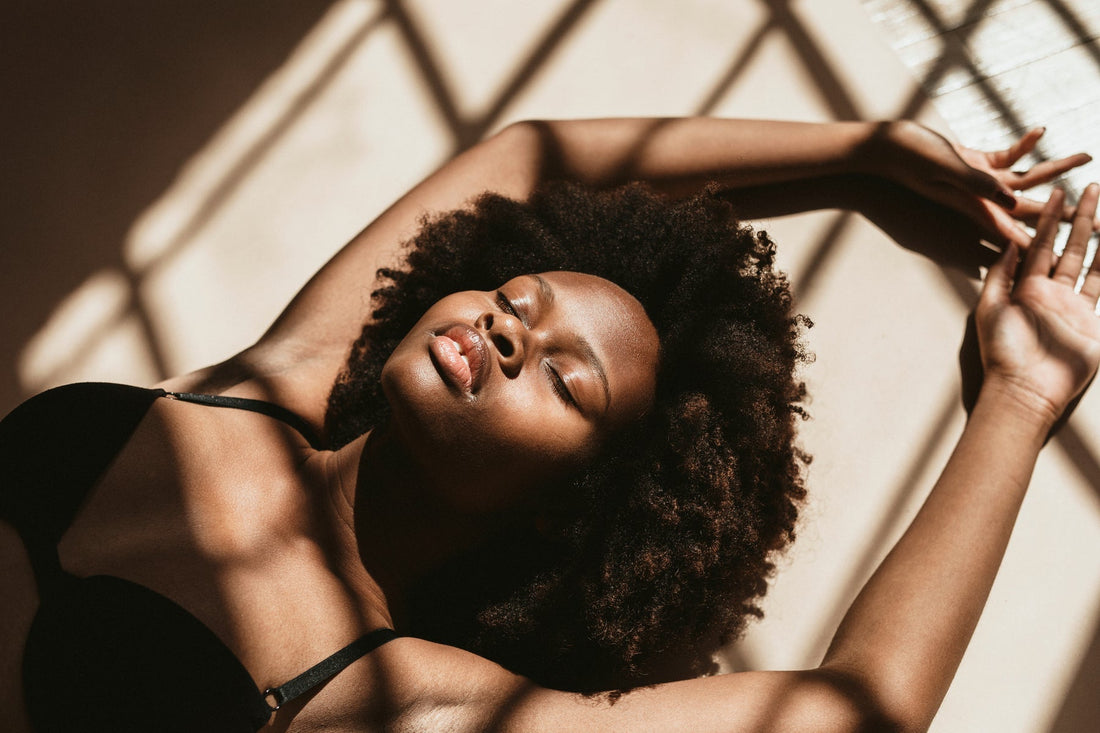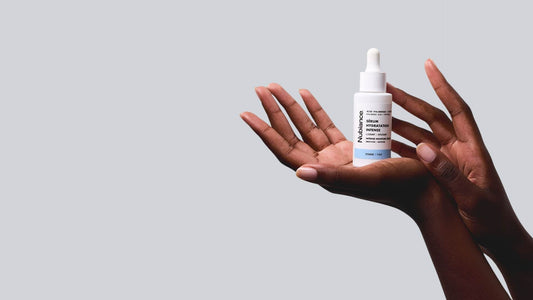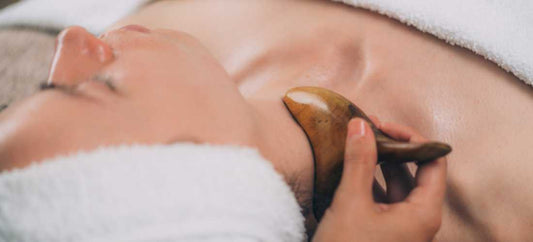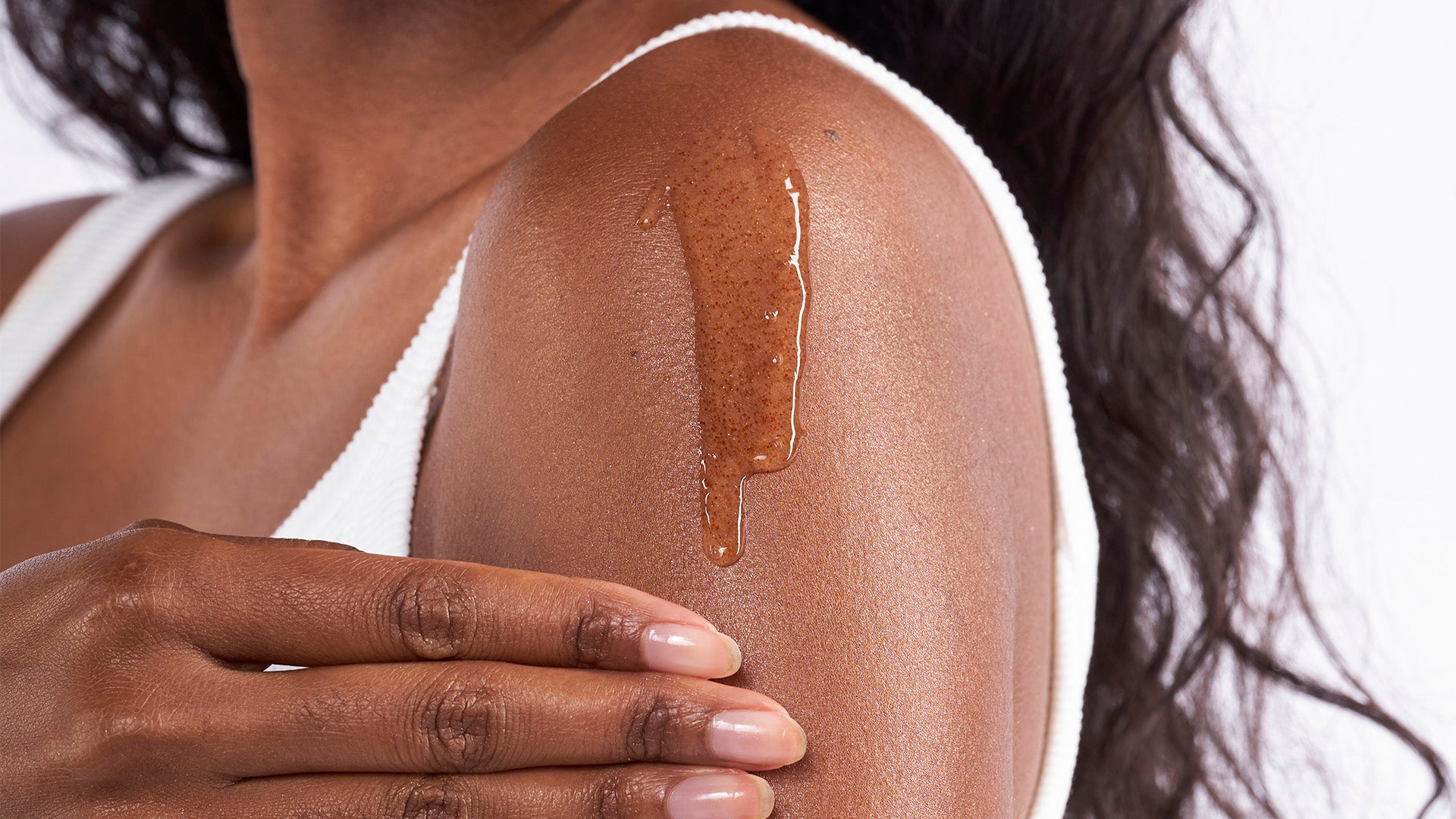
The secrets of melanin: origin, role and benefits
Partager
Melanin is a brown and black pigment responsible for coloring hair, skin and eyes. White hair, pigmented and brown spots on the skin are caused by melanin deficiency. Often stimulated to fill its deficiency, melanin allows us to have resplendent hair as well as radiant complexions.
How does our body produce melanin?
Melanin is produced by melanocytes and synthesized by tyrosine. The first are cells found in the hair follicles of the epidermis. The latter are amino acids which are also present in skin, hair and eye coloring pigments.
Once produced, melanin diffuses into the layers of the epidermis then migrates towards the surface of the skin due to the permanent renewal of epidermis cells. It plays a determining role in skin color. Each of us produces melanin but in different ways depending on our origins or even our genes. In all cases, melanin deficiency causes the same pigmentary disorders. These disorders can manifest themselves, for example, as vitiligo, this disease responsible for depigmentation of the skin, causing white spots on the skin.
The main role of melanin is to protect the skin from the various damages caused by UV rays. Indeed, when you expose yourself to the sun, this protective oil neutralizes the ultraviolet rays responsible for numerous consequences on the epidermis.
The harmful effects of UVA and UVB
Ultraviolet rays have very harmful effects on health. They cause skin discoloration, graying and whitening of hair. UVA in particular penetrates very deeply into the skin. At first glance, they accelerate the signs of aging by promoting wrinkles and age spots. Worse still, they can damage skin cells, thereby causing the risk of cancer.
However, melanin production is degraded over time, due to many factors such as age, pollution, climate, hormones and excessive exposure to the sun.
The lack of melanin causes colossal and quickly visible damage:
- On the hair: we observe canities or depigmentation of the hair and hairs which become gray or white. But what's more, they are dull and dull.
- On the skin: you may see spots appear or suffer from vitiligo. In less severe cases, the lack of melanin makes any sort of tanning technique difficult.
Fortunately, there are repigmentation techniques for both hair and skin. You can opt for:
- a superficial treatment with cream treatments or serums to be applied locally or
- internal oral treatment in the form of a food supplement.
In any case, these two treatments are complementary to stimulate the production and synthesis of melanin. Your skin and hair will then gradually regain their natural color and shine. For the mildest cases, adopting a good beauty ritual to soothe depigmentation is the key.

The benefits of melanin on tanning
White skin and black skin do not have the same types of melanin . Eumelanin in black or dark skin has a protective effect against UV rays. It combines protection and pigmentation of the skin. In fact, when you expose yourself to the sun, your melanocyte cells produce even more melanin. Moreover, the latter migrate more quickly from the deep layer to the superficial layer of the skin to promote pigmentation. This is why we talk about tanning pigment.
In fair and white skin, pheomelanins do not have photoprotective properties. On the contrary, it promotes oxidative stress and accelerates skin aging. This is also why people with fair skin have more difficulty tanning. Whatever the case, it is always recommended to protect yourself with sun protection adapted to your skin tone when you go out in the sun.
Although melanins absorb the sun's rays to promote the phenomenon of tanning in the stratum corneum, UV rays remain harmful to health. To optimize this process, we advise you to gradually expose yourself to the sun while taking care to protect your skin with appropriate sun protection .
How to increase melanin production?
To increase melanin production, various natural approaches are possible. Moderate sun exposure can stimulate the skin's melanocytes, but adequate sun protection is essential to avoid UV damage.
A diet rich in tyrosine (almonds, avocados, bananas) and vitamins C and E (citrus fruits, berries, green vegetables) also promotes the synthesis of this pigment by acting as antioxidants.
Additionally, some supplements, such as herbal extracts like licorice root or ginkgo biloba leaves, may be beneficial, but it is best to consult a healthcare professional before using them to ensure their effectiveness and safety .
What are the factors that influence melanin production?
Melanin production is subject to various factors, including age, genetics, sun exposure and hormones. As we age, melanin production naturally decreases, leading to lighter skin and less pigmented hair.
Genetics also play a key role, with some people being genetically predisposed to darker pigmentation. Excessive sun exposure can stimulate melanin production, promoting tanning, but prolonged exposure can lead to dark spots and wrinkles.
Hormones, such as thyroid and sex hormones, also influence melanin production.
By understanding these factors and adopting healthy practices, such as sun protection and a balanced diet, it is possible to optimize melanin production and maintain glowing skin throughout life.
Melanin to delay skin aging
As we age, the level of melanin in the skin, hair, and membranes of the eye decreases. In some cases, the pigments no longer cover the entire surface of the skin evenly. Hence the appearance of brown aging spots.
It is therefore important to optimize melanin production to delay the first signs of aging. Moreover, this pigment has antioxidant power thanks to its component called Melaline. It thus helps fight free radicals that cause fine lines and wrinkles and loss of firmness and tone of the skin.
A good concentration of melanin helps you maintain an even and radiant complexion while fending off the first signs of aging.




